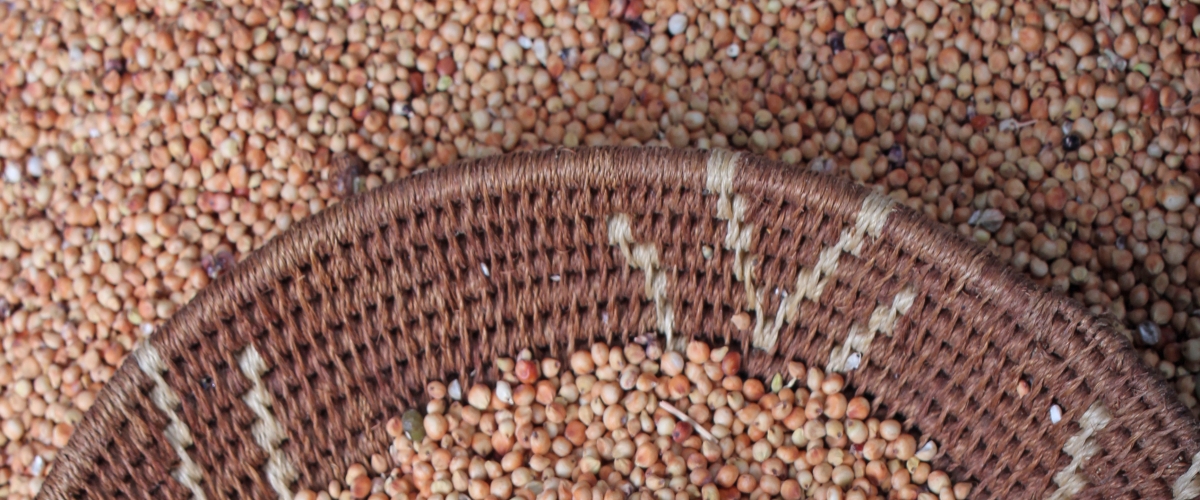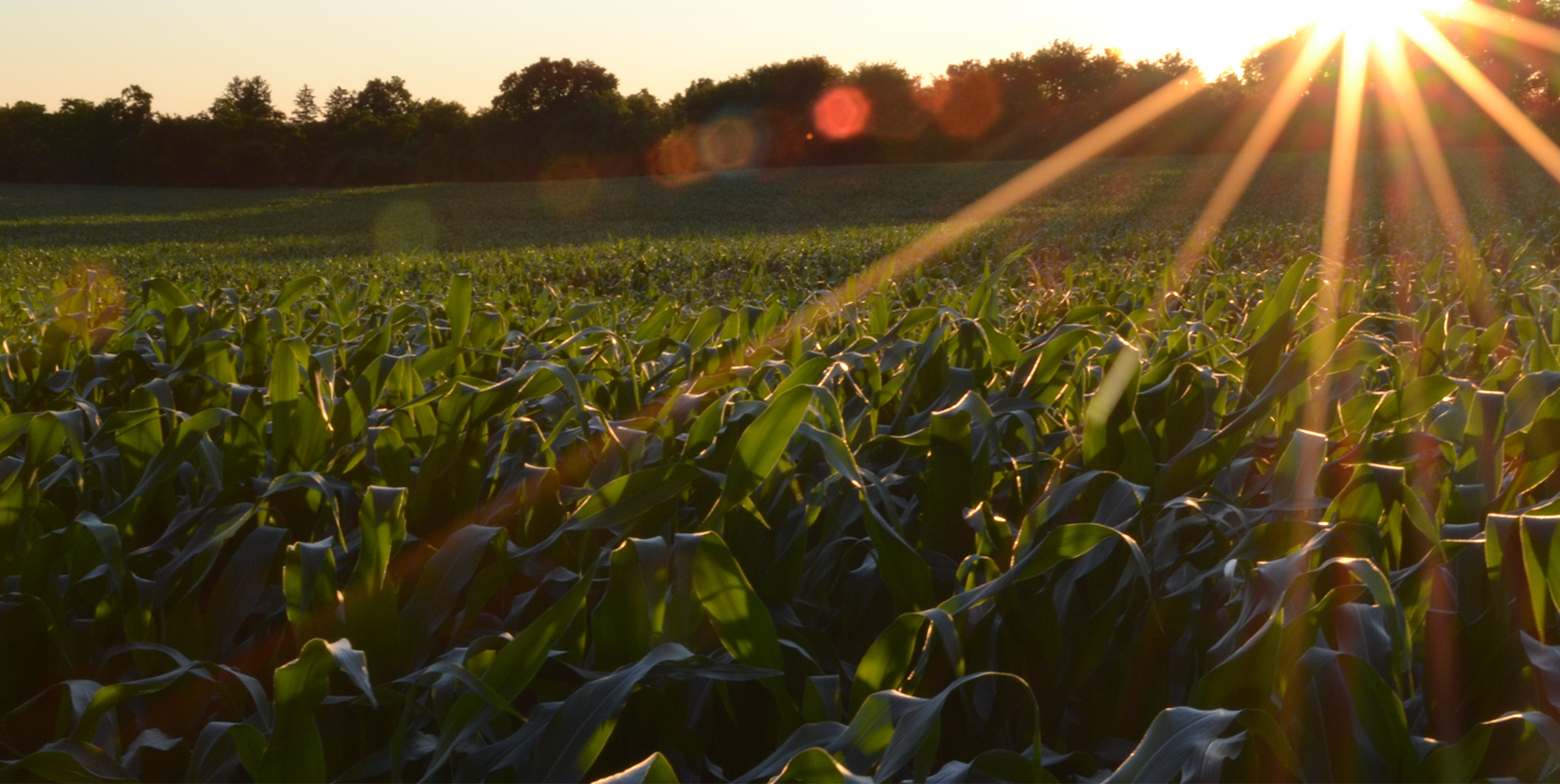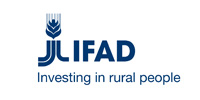
By Dr Simon Mwale
Many households in the SADC region perpetually experience insufficient food of acceptable quality and nutritional level. The dynamics of food security at this level are complicated. Such homes normally look to governments to assist, not with food handouts but with a level of supportive springboard.
Dealing with food insecurity is an essential agenda for the SADC countries. The region was reported to have an estimated 51.3 million food-insecure people in 2020/21, representing an increase of 25.7% from 2019/20. The region has millions of food-insecure people every year regardless of whether the rainfall in a particular season has been good or not. And it is inconceivable that there will ever be a time soon when the region would be considered food secure.
In pursuit of complete food security, the individual countries in the SADC region try to implement measures to make adequate food available and accessible to the people. Their efforts are pretty straightforward. At the national level, several countries have been attempting to support food production through input support programmes. These encourage access to inputs at affordable prices. The countries have developed and committed to various policies and strategies such as the SADC Regional Agricultural Policy at the regional level. At the African Union level, the SADC countries have expressed their desire to deal with food insecurity through the Comprehensive Africa Agricultural Development Programme (CAADP) Malabo Commitments adopted in 2014. They have committed to the Sustainable Development Goals at a global level, one of which deals with zero hunger by 2030. This is expressed in Sustainable Development Goal 2, which states, "End hunger, achieve food security, improve nutrition and promote sustainable agriculture".
The multi-faceted nature of food security means that multiple factors directly influence availability and access to food of acceptable nutritional quality. The governments, therefore, have to keep juggling and managing a dozen balls in the air and not drop a single one if they have to attain food security. This is very difficult but achievable. An increase in population, reduction in biodiversity and crop landraces, biotic and abiotic stresses, economic factors, climate change and policy environments all influence food security. Demographic and socio-economic factors such as population growth, literacy level and financial capacity constantly change. From this point of view, pursuing food security can be like chasing a moving target.
Developing and deploying technologies is relatively easier to do. Currently, the SADC region has a high number of high yielding crop varieties. The challenge is the dissemination and adoption of these varieties. Similar situations are observed with regard to other technologies. Following Leibig's law of the minimum, the countries need to prioritise the dissemination and adoption of technologies that have been developed. Concurrently, the supporting infrastructural mechanisms such as electricity, mechanisation, roads, and institutional factors, including farming credits and insurance, need not be ignored entirely.
Crop biodiversity is one area that has received relatively limited attention as an essential contributor to addressing food insecurity. The promotion of high yielding varieties among the farmers comes at a cost that may not be seen immediately. With time, the high yielding varieties displace the seemingly outdated local landraces. Diversity is replaced by uniformity, which has caused significant famines in the past, mainly when there is an outbreak of a disease. Due to the uniformity of the germplasm grown, crops can be wiped out. With the vigorous promotion of the high yielding varieties, farmers lose the landraces within a species and reduce species growth. There is a long-term benefit in promoting local landraces and diversity of species grown. It reduces the risk to small scale farmers in case of unfavourable weather and widens the crops' nutritional base. This can be very desirable in improving food security.
The bigger picture needs to be looked at from the smaller picture's angle to attain food security. A combination of the two, including those that may appear minor, would keep the region in the race to achieve SDG-2 and the CAADP Malabo Declaration and the Regional Agricultural Policy targets. It is not insurmountable.
The author is the Programmes and Grants Manager at CCARDESA.






